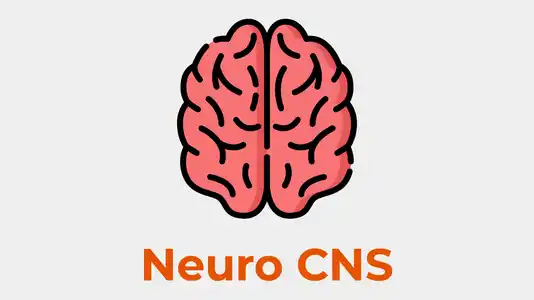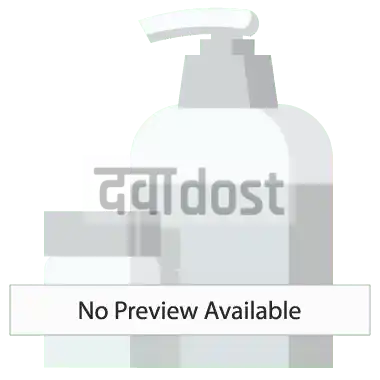Prescription Required
Introduction to Cizdol-N Tablet
IT is a dual drug utilized for managing opioid addiction. This often-instructed blend of Buprenorphine and Naloxone is frequently part of medication-assisted treatment (MAT) to assist individuals in minimizing or discontinuing opioid use.
Buprenorphine: Links to the same receptors in the brain like other opioids, alleviating withdrawal symptoms and cravings without creating the same potent euphoria.
Naloxone: Inactive when properly taken, yet it obstructs the effects of opioids if the medication is squashed and misused, deterring misuse.
Administer IT precisely as directed by your medical professional.
Usually provided in sublingual (under the tongue) or buccal (against the cheek) formats.
Maintain the prescribed dosage and routine, and do not change the dose without discussing with your medical professional.
Notify your medical professional of any allergies or existing conditions prior to using IT.
Be careful while driving or operating machinery, since it might trigger drowsiness.
Reveal any other prescriptions or substances you're taking to avert potential interactions.
Typical side effects can encompass constipation, nausea, headache, and perspiration. If you notice severe or persistent side effects, get in touch with your medical professional.
If you forget a dose, consume it as soon as you recall. Nevertheless, if it's nearing the time for your next dose, ignore the missed one and proceed with your standard schedule.
Safety Advice for Cizdol-N Tablet
- High risk
- Moderate risk
- Safe

- Shun alcohol intake. - Ask for your doctor''s opinion for individualised advice and suggestions regarding intake.

Not safe during pregnancy; get advice from your doctor for individualised guidance and suitable suggestions.

- Abstain while breastfeeding; - can be hazardous to the baby. - Seek advice from healthcare providers for more secure alternatives.

no specific caution required

Be careful; use with caution in patients suffering from liver disease, consult with your doctor.
How Cizdol-N Tablet works
Antidote functions by hindering the impacts of sedatives, thwarting withdrawal indications. Substitution therapy assists in mitigating withdrawal signs when ceasing sedative usage, operating by inducing outcomes akin to sedative medications. This amalgamated medication aids individuals shift away from sedatives more conveniently. Antidote's role in obstructing sedative impacts is pivotal for averting overdose, whereas substitution therapy's sedative-like outcomes sustain a regulated and progressive withdrawal procedure. This blend acts as a remedial instrument to tackle sedative addiction, advocating a secure and more controllable recovery path with reduced withdrawal struggles.
How To Use Cizdol-N Tablet
- Adhere to your physician's instructions regarding this medication, consume it in the recommended dosage and span
- This medication can be ingested with or without meals, however, keeping a regular schedule each day is suggested for optimal outcomes
- Ingest the medication entirely; refrain from chomping, pulverizing, or fracturing it
Special Precautions About Cizdol-N Tablet
- Take only as directed; it has potential for habituation
- Do not abruptly cease usage without consulting your doctor
- Inform your healthcare provider of all medications and health conditions
- Beware of potential side effects like dizziness; avoid driving or operating machinery if affected
Benefits Of Cizdol-N Tablet
- It helps to prevent cravings and withdrawal symptoms associated with opioid dependence
Side Effects Of Cizdol-N Tablet
- Headache
- Nausea
- Vomiting
- Constipation
- Sweating
- Numbness in mouth
- Tounge Pain
Similar Medicine Of Cizdol-N Tablet
What If I Missed A Dose Of Cizdol-N Tablet
Drug Interaction
- Blood thinners
Drug Food Interaction
- Alcohol
Disease Explanation

No disease explanation
 Written By
Written By
Sheikh Saamay
Content Updated on
Monday, 22 January, 2024Prescription Required
Cizdol-N Tablet

Discover the Benefits of ABHA Card registration
Simplify your healthcare journey with Indian Government's ABHA card. Get your card today!
Create ABHACizdol-N Tablet









